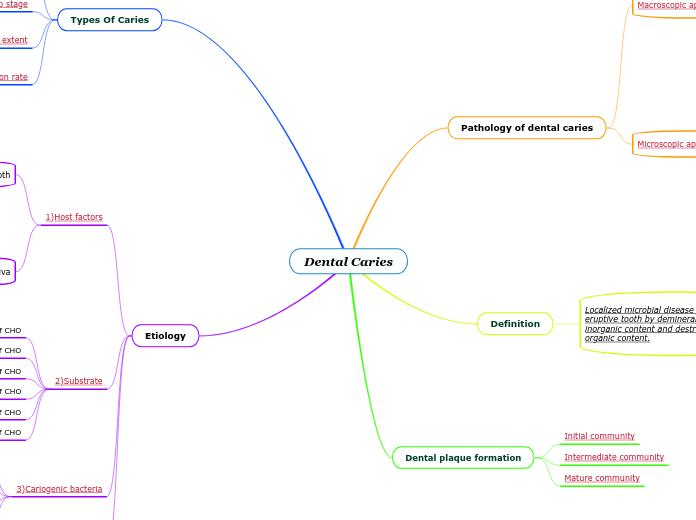Streptococcus pneumoniae
Pseudomonas aeruginosa
Chlamydia spp.
Mycoplasma pneumonaie
Haemophilus influenzae
Haemophilus influenzae
The capsules are an antigen used to prepare the vaccine (widespread immunization with the Hib vaccine has almost eliminated disease from this pathogen in the US).
Most infections of H. influenzae are from strain H. influenzae type b
use of alternative antibiotics should be guided by in vitro susceptibility tests
Broad-spectrum cephalosporins used for initial empiric therapy
most strains have phagocyte-resistant capsules, which contains ribose, ribitol, and phosphate (known as polyribitol phosphate or PRP)
colonize the mucous membranes of humans and some animals.
Bacterial infection spread bydirect person-to-person contact as well as coughing and sneezing.
Mycoplasma pneumoniae: walking pneumonia
macrolide or tetracycline class antibiotic therapy to treat MP infection
Oral steroid rinse to reduce inflammation
Bacterium has no cell wall so they are therefore resistant to beta-lactam antibiotics (which target a bacteria's cell wall)
Intracellular structure and the membrane bound P1 adhesin proteins form its attachment organelle which anchors MP to the host cell, for motility, and nutrient uptake.
Secretes community acquired respiratory disease syndrome (CARDS) toxin
Transmission through contact with droplets from the nose and throat of infected people especially as they cough or sneeze.
Primary habitat: mucous surfaces of the respiratory and urogenital tracts of humans and animals
Chlamydia spp
Use macrolides (Azithromycin), lincosamides (Clindamycin), and fluoroquinolones (Cipro)
generally resistant to antibiotics in the penicillin and cephalosporin class
virulence factors
2 stage bodies
Their Elementary Bodies can form into Reticulate Bodies, which protects them from host degradation (they also can modulate host immune response).
They can enter a "persistent" state which allows CT to go undetected inside the cell
Spread via sexual transmission and can be transmissible by exposure to bodily fluids close to the infected epithelial tissue.
Inhabit epithelial tissue in multiple locations within the body. Entering the cytosol of a host cell is required for its life-cycle.
Obligate intracellular pathogen in humans
Pseudomonas aeruginosa
Other methods are hyperimmune serum, and granulocyte transfusions
Because of resistance to most antibiotics and how resistance can develop during therapy, a combination of aminoglycosides (poor activity in the acidic environment of an abscess) and ß-lactam antibiotics with beta lactamase inhibitors: [ (ticarcillin + clavulanic acid = timentin) or (piperacillin + tazobactam = “Zosyn”) ]
Also has antibiotic resistance factors like mutation of porin proteins and b-lactamase production
Adhesins, bacterial neuraminidase, polysaccharide capsule, endotoxin, exotoxin A, exoenzymes S and T, elastases, phospholipase C, pyocyanin, bacterial and phagocyte proteases.
Spread from contaminated water, medical devices, or surfaces or from infected individual contact
opportunistic pathogen that is common in hospitalized patients
Also in hexachlorophene-containing soap solutions and disinfectant solutions.
In hospitals: food, cut flowers, sinks, toilets, floor mops, equipment for respiratory therapy and dialysis.
In soil, decaying organic matter, vegetation and water.
Streptococcus pneumoniae (pneumococcus)
most common cause of bacterial pneumonia in the US
Prevention
pneumococcal vaccine targets multiple capsule polysaccharide types and neutrophils via antibodies (PPSV & PCV)
Treatment
resistant strains with mutated PBP could be treated with vancomycin instead
Usually treatable with antibiotics (Penicillin)
virulence factors
Polysaccharide capsule (94 pneumococcal capsular serotypes), pneumolysin, Secretory IgA protease, PsA, Psp (PspA and PspC), Pneumolysin,
habitat
Part of the normal flora of upper respiratory system (human nasopharynx)
transmission
Spread by individual contact and respiratory droplets from person-person, which can enter the blood through lacerations or tissue damage
BMS 232 Concept Map Project #2
bacterial pneumonia
Prevention
Good Hygiene
take vitamins, eat balanced meals
exercise
Get at least 6 hours of sleep
practice good dental and overall health habits
Vaccination
avoid smoking
Symptoms
Fatal Complications
respiratory failure
lung abscess
Hemolytic anemia
meningitis, encephalitis
chest pain, malaise, fatigue
pleural effusion (fluid around the lungs)
Difficulty breathing and/or shortness of breath
chills, cough, fever
bacteremia
Severe acute lower respiratory tract lung infection affecting the pulmonary parenchyma
Diagnostics
Test
Thoracentesisbtopic
bronchoscopy
X-rays, CT scan
CBC (check complete blood cell count)
saliva, blood and sputum cultures
measuring arterial blood gases
Physical exam
percussion (tapping on chest wall to hear abnormal sounds)
(listen for abnormal breathing sounds, crackles)
Overall Risk factors:
weakened or suppressed immune system
Patients on chemotherapy, or long-term medication / steroids / treatment
patients who had an organ transplant
Patients who are HIV + or AIDS+
Serious illness
heart disease, liver cirrhosis, diabetes
brain injury / disorder
dementia, stroke, cerebral palsy
smoking
chronic disease
asthma, COPD, heart disease, bronchiectasis, cystic fibrosis
being hospitalized, or having a breathing apparatus (ventilator)
- children 2 and younger
- people 65 and over
Types:
community acquired pneumonia
Not acquired in a hospital or health-care facility (nursing home, rehabilited setting)
Atypical bacteria can cause CAP (community-acquired pneumonia)
nosocomial pneumonia
transmitted during a hospital stay and/or health-care visit (hospital-acquired)
Increased Risk Factors
patients on ventilators or in the ICU
Recent surgery or trauma to the individual can increase risk
ex. long-term care facility, outpatient clinics (like dialysis centers)
severity may increase depending on if the patient is already sick or if the bacterial strain is antibiotic-resistant
bronchopneumonia (atypical)
Can cause CAP
History: "Atypical" due to having different features compared to "typical pneumonia"
responds differently to antibiotics
appears different on chest x-ray
different symptoms
pneumonia caused by "atypical" bacteria, which are hard to detect through standard methods
includes
Mycoplasma pneumoniae
walking pneumonia
Legionella pneumophila
Legionnaires' Disease
Chlamydia psittaci
Psittacosis
transmission from infected birds and poultry
Chlamydia pneumoniae
most common in children
pneumonia involving acute inflammation of the bronchi
lobar pneumonia
4 stages of inflammatory response if untreated:
4. Resolution and restoration of the pulmonary
3. Grey hepatization/late consolidation
2. Red hepatization/early consolidation
1. congestion / consolidation
Acute exudative inflammation of one or more lobes of the lung
Usually caused by Streptococcus pneumoniae
Tiffany Yuen
Student ID: D25142
Citations
https://www.ncbi.nlm.nih.gov/pmc/articles/PMC9783917/#:~:text=Atypical%20pathogens%20are%20intracellular%20bacteria,commonly%20included%20in%20this%20category.
https://www.ncbi.nlm.nih.gov/books/NBK534295/#:~:text=Lobar%20pneumonia%3A%20Acute%20exudative%20inflammation,are%20caused%20by%20Streptococcus%20pneumoniae.
https://www.cdc.gov/pneumonia/atypical/index.html
https://medlineplus.gov/ency/article/000145.htm
https://www.mayoclinic.org/diseases-conditions/pneumonia/symptoms-causes/syc-20354204
BMS 232 Lecture Slides









